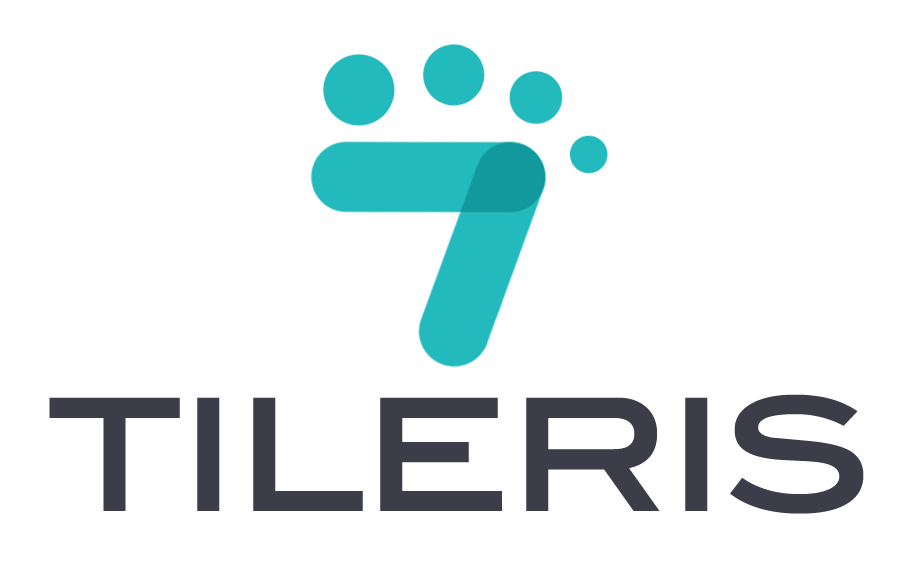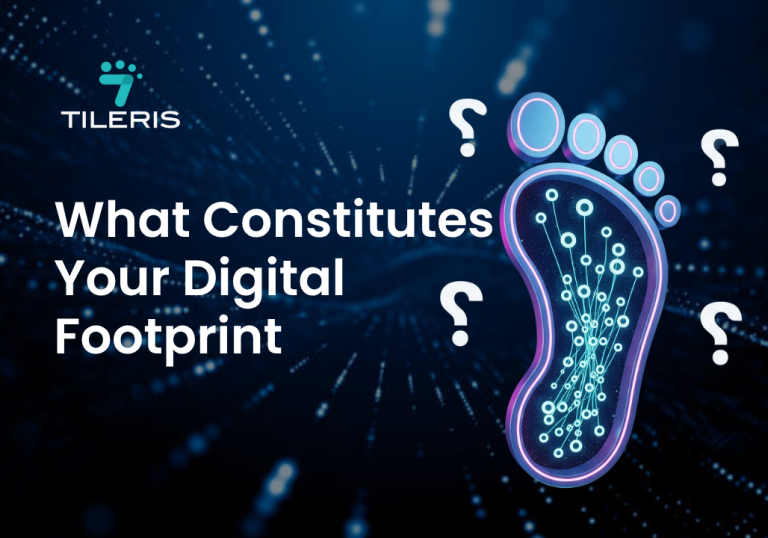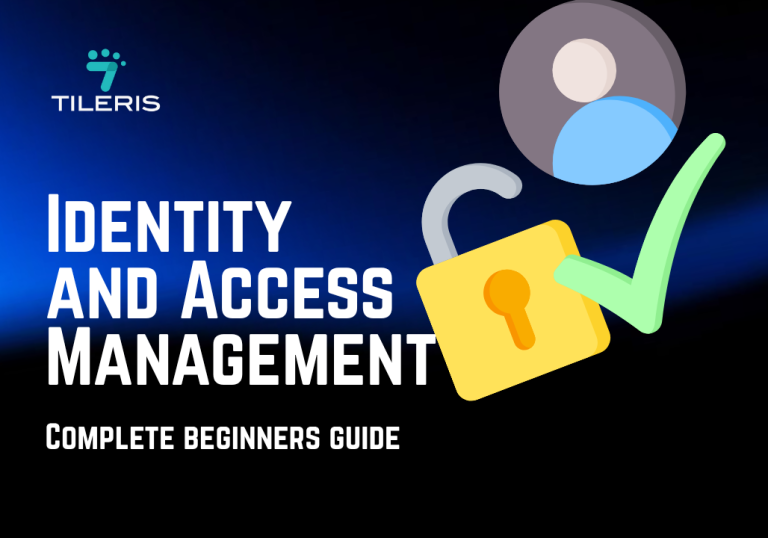Identity Theft – Long-term Recovery Strategies
Introduction
Identity theft is a deeply violating and often financially devastating crime. While the immediate shock and the initial steps to stop the bleeding are crucial, the true challenge often lies in the long-term recovery strategies. Reclaiming your identity and rebuilding your financial stability can be a protracted and complex process. This article aims to provide a comprehensive guide to navigating the journey of long-term recovery strategies from identity theft, offering practical steps and crucial resources to help you recover from identity theft and fortify your defenses against future attacks.
Understanding Identity Theft
Identity theft occurs when someone unlawfully obtains and uses your personal identifying information, such as your name, Social Security Number (SSN), driver’s license number, bank account details, or medical insurance information, without your permission, typically for their financial gain or to commit fraud. The impact on individuals can be profound, ranging from immediate financial loss and damaged credit to emotional distress, lost time, and a compromised sense of security. Victims often face significant hurdles in disproving fraudulent activities and restoring their good name.
Different Types of Identity Theft:
Identity theft can manifest in various forms, each with its own specific challenges:
- Financial Identity Theft: The most common type, where criminals use your information to open new credit accounts, make unauthorized purchases, drain bank accounts, or apply for loans in your name.
- Medical Identity Theft: Occurs when someone uses your personal information (e.g., health insurance details, Medicare number) to obtain medical services, prescription drugs, or submit false claims to insurers. This can lead to incorrect medical records and impact future care.
- Tax Identity Theft: A thief uses your SSN to file a fraudulent tax return and claim a refund in your name. You might discover this when your legitimate tax return is rejected.
- Child Identity Theft: This involves a criminal using a child’s SSN or other identifying information. Since children generally have no credit history, this type of fraud can go undetected for years, often only surfacing when the child becomes an adult and applies for credit.
- Criminal Identity Theft: If someone uses your identity when they are arrested, it can result in a criminal record being created in your name.
- Account Takeover: Thieves gain unauthorized access to existing online accounts (e.g., email, social media, banking, shopping) by stealing login credentials.
Synthetic Identity Theft: A sophisticated form where fraudsters combine real and fabricated information to create a new, “synthetic” identity, often using a real SSN with a fake name and birthdate to open fraudulent accounts.
Long-term Recovery Strategies
The initial shock of identity theft often involves immediate actions like contacting banks and filing reports. However, long-term recovery requires sustained effort and vigilance.
- Monitoring Credit Reports and Scores: This is paramount.
- Regularly Review: Obtain free copies of your credit reports from all three major credit bureaus (Equifax, Experian, and TransUnion) via AnnualCreditReport.com. Federal law allows you one free copy from each bureau every 12 months. Review them meticulously for any unfamiliar accounts, inquiries, or addresses.
- Daily Monitoring: Consider signing up for a credit monitoring service (often included with identity theft insurance or offered by credit bureaus) that provides alerts to significant changes or suspicious activity on your credit file.
- Check Scores: Keep an eye on your credit scores. Sudden drops can indicate fraudulent activity.
- Placing Fraud Alerts or Credit Freezes:
- Fraud Alert: A fraud alert tells creditors to take extra steps to verify your identity before opening a new account or increasing a credit limit in your name. It’s free and lasts for one year, though you can renew it. Contacting one credit bureau to place an alert will typically notify the other two.
- Credit Freeze (Security Freeze): This is a stronger measure that restricts access to your credit report, making it very difficult for identity thieves to open new accounts in your name.16 It does not affect your credit score or prevent existing accounts from being used. You can freeze and unfreeze your credit as needed, usually for free.
- Updating Passwords and Security Questions: Even after initial cleanup, continue practicing excellent digital hygiene.
- Strong, Unique Passwords: Use complex, unique passwords for every online account.18 A password manager can help you generate and store these securely.
- Multi-Factor Authentication (MFA): Enable MFA wherever possible. This adds an extra layer of security, requiring a second form of verification (e.g., a code from your phone) in addition to your password.
- Review Security Questions: Ensure your security question answers are not easily guessable from public information. Consider giving intentionally “wrong” but memorable answers.
Rebuilding Credit and Finances
Identity theft can wreak havoc on your credit and finances. Rebuilding them is a marathon, not a sprint.
- Disputing Fraudulent Charges:
- Contact the Business/Creditor: Immediately contact the financial institution or business where the fraudulent account was opened or charges were made. Follow their procedures for reporting fraud.
- File an FTC Identity Theft Report: Go to IdentityTheft.gov. This government resource helps you create a personalized recovery plan, generate an official Identity Theft Report, and provides pre-filled letters to send to businesses and credit bureaus. This report is often required for disputing fraudulent accounts.
- Dispute with Credit Bureaus: Formally dispute any fraudulent accounts or inaccurate information on your credit reports with all three credit bureaus (Equifax, Experian, TransUnion). Provide copies of your FTC Identity Theft Report and any supporting documentation. They are legally required to investigate and remove inaccurate information.
- Paying Off Debt (Legitimate Debts Only): Focus on paying down your legitimate debts. While you dispute fraudulent ones, ensure you continue to pay on accounts you did open and use to maintain or improve your credit score.
- Rebuilding Credit Scores:
- Keep Good Standing Accounts: Maintain current, legitimate credit accounts in good standing. Make all payments on time.
- Secured Credit Card: If your credit score is severely impacted, consider a secured credit card. You put down a deposit, which becomes your credit limit, helping you rebuild a positive payment history.
- Credit Builder Loan: Some financial institutions offer small “credit builder” loans designed to help establish a payment history.
Protecting Against Future Threats
Vigilance is your strongest defense against repeat attacks.
- Using Strong Passwords and Multi-Factor Authentication (MFA): Reiterate the importance of these foundational security practices across all your online accounts, from email and social media to banking and e-commerce sites.
- Being Cautious with Personal Information Online:
- Phishing Awareness: Be wary of suspicious emails, texts, or calls asking for personal information. Verify the sender/caller through official channels before responding.
- Public Wi-Fi: Avoid conducting sensitive transactions (banking, shopping) on unsecured public Wi-Fi networks.
- Social Media: Limit the amount of personal information you share on social media. Identity thieves often glean details from public profiles.
- Shred Documents: Shred sensitive documents before discarding them.
- Regularly Monitoring Accounts and Credit Reports: Make checking bank statements, credit card statements, and credit reports a regular habit, ideally monthly. Early detection is key to minimizing damage.
- Secure Your Devices: Keep your computer and mobile devices updated with the latest security software, including antivirus and anti-malware. Use strong PINs or biometrics to secure your phone.
- Be Mindful of Mail: Promptly retrieve mail from your mailbox to prevent thieves from intercepting financial statements or new cards. Consider opting for paperless statements where feasible.
Seeking Help and Support
You don’t have to navigate identity theft recovery alone. Numerous resources are available to provide assistance and emotional support.
- Credit Counseling Services: Non-profit credit counseling agencies can offer guidance on managing debt, understanding your credit report, and creating a financial recovery plan. Look for agencies approved by the National Foundation for Credit Counseling (NFCC).
- Identity Theft Support Groups: Connecting with others who have experienced identity theft can provide valuable emotional support, shared experiences, and practical tips. Organizations like the Identity Theft Resource Center (ITRC) may offer or point to such groups.
- Government Agencies and Law Enforcement:
- Federal Trade Commission (FTC): IdentityTheft.gov is the primary U.S. government resource. It provides detailed steps, a personalized recovery plan, and sample letters.
- Police Report: File a police report for identity theft, as some creditors or agencies may require it.
- Social Security Administration (SSA): If your SSN was misused, contact the SSA.
- Internet Crime Complaint Center (IC3): Report internet-related fraud to the FBI’s IC3.
- Identity Theft Protection Services: Consider subscribing to a reputable identity theft protection service. These services often include extensive monitoring, fraud alerts, and professional identity restoration specialists who can take on much of the recovery burden for you.
Conclusion
Identity theft can be a deeply unsettling experience, but it doesn’t have to define your financial future. The journey to long-term recovery requires persistence, vigilance, and a proactive approach. By consistently monitoring your credit, implementing strong security measures, diligently disputing fraudulent activity, and leveraging available support resources, you can effectively rebuild your financial health and fortify your defenses. While the threat of identity theft will always exist in our digital world, staying informed and prepared is your most powerful tool in protecting your identity and peace of mind.
Identity theft can be a deeply unsettling experience, but you don’t have to face it alone. To fortify your defenses and ensure peace of mind in our digital world, download our free Security Checklist at tileris.com today! For any specific cybersecurity concerns, from navigating identity theft recovery to enhancing your overall digital security, remember that our experts are here to provide dedicated support and consultation for your unique needs.






